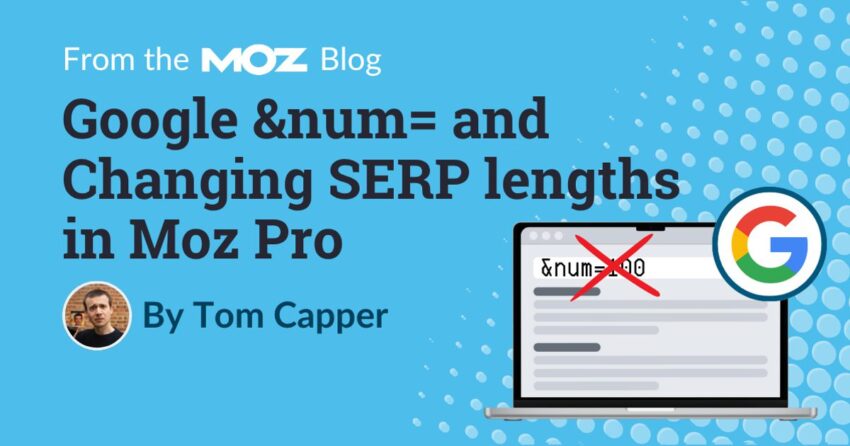TL;DR Summary of Major Changes in SEO Tools Following Google’s &num= Parameter Removal
&num= parameter in September 2025 disrupted SEO tools reliant on extended search result scrapes. Moz Pro and others adapted by stitching together paginated results, though this method increases costs significantly. Moving forward, rank tracking will focus on the first two pages, while analytical tools maintain deeper 50-result scrapes, balancing cost and data depth for users.Optimixed’s Overview: Navigating SEO Data Challenges After Google’s Parameter Update
Context and Impact of Google’s &num= Parameter Removal
In September 2025, Google officially disabled the &num= parameter, which many SEO tools used to fetch extended search results beyond the default 10 organic listings. This change affected how SEO platforms gather comprehensive ranking data, forcing them to rethink data collection methods to maintain accuracy and cost-effectiveness.
Adaptation Strategies Employed by SEO Tools
- Stitching Paginated Results: Moz Pro and STAT introduced a “stitching” approach, combining multiple sets of paginated results (10 at a time) to reconstruct longer SERP data. While effective, this raises operational costs substantially.
- Hybrid Reporting Model: To balance cost and data quality, Moz Pro limits rank tracking tools to the first two pages (approx. top 20–30 positions), while analytical tools such as Keyword Explorer and Link Explorer continue to provide 50-result SERP data.
- Customizable Options for Clients: STAT offers flexible configurations allowing users to select data depth according to their needs and budgets.
Broader Implications and Speculations
Speculation around Google’s motivation includes potential efforts to restrict data access for AI platforms like ChatGPT, which leverage scraped search results extensively. However, alternative explanations point to natural deprecation and coinciding updates impacting impression measurements in Google Search Console.
Looking Ahead
SEO tool providers remain committed to delivering reliable, consistent, and accurate ranking data despite increased complexity and costs. End users should expect some adjustments in reporting depth, particularly in rank tracking, while analytical insights will remain robust to support deep SEO analysis.
